harmonica
TPF Noob!
- Joined
- Mar 2, 2014
- Messages
- 47
- Reaction score
- 1
- Can others edit my Photos
- Photos NOT OK to edit
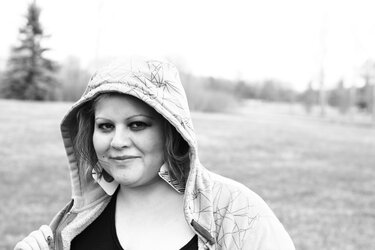
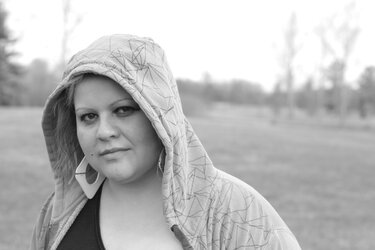
Sorry I meant contrasty obviously. When taking black and white pics, it looks more like natural black and white photography to have as much black and white in the photo as possible and not so much grey. One way to get more black and white in the pic is too turn the contrast up in the camera. However, doing so causes people to become puffy-eyed. It's not just her in the picture, I tried it on myself as well, and yeah, the eye bags look more puffy, even with make up on.
So when it comes possible clients who want to hire you, but want pictures with the contrasty look right from the camera, when you're done, what can I do in camera, to get a more contrasty look, but not get puffy eyes, if that's possible.
Thanks!




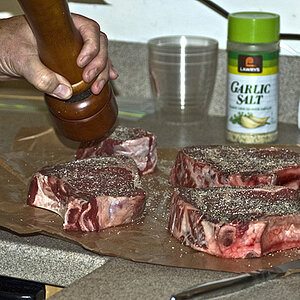
![[No title]](/data/xfmg/thumbnail/42/42057-1509913128bb1db2bc11235c05832fd4.jpg?1619739993)
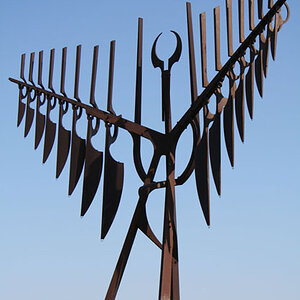
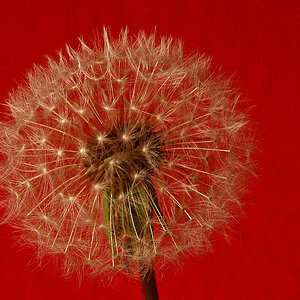
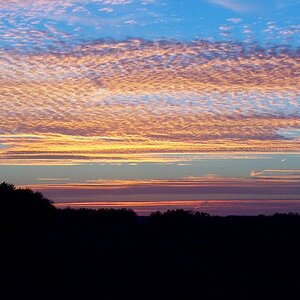
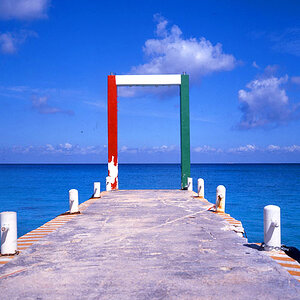
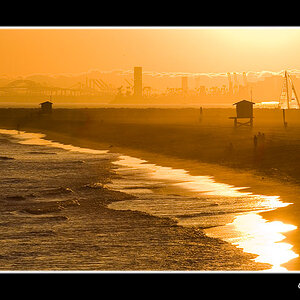
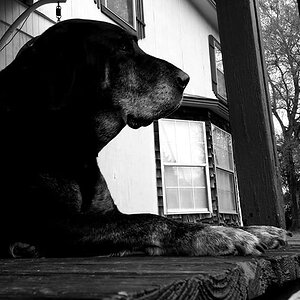
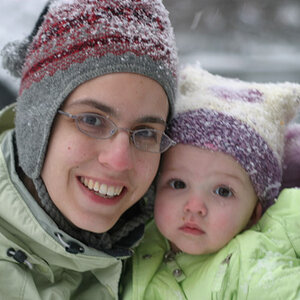
![[No title]](/data/xfmg/thumbnail/42/42054-e8278f89f6a543cad8fd644e37b064f3.jpg?1619739992)